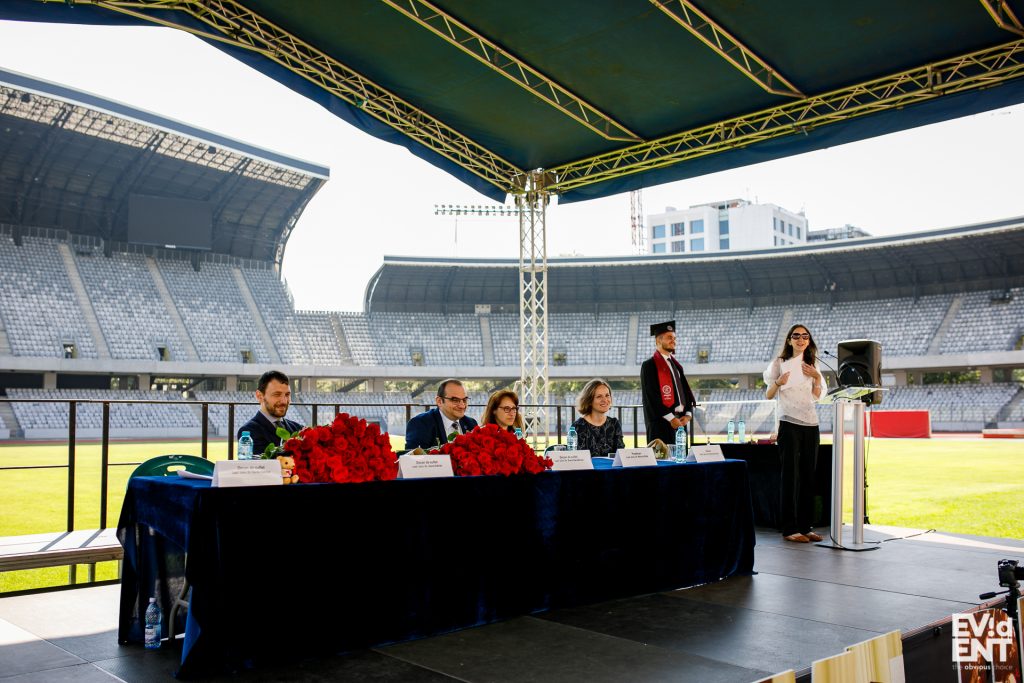



Va rog sa imi trimiteti un mail pana duminica (5 iulie) seara daca doriti sa participati la examenul scris din sesiunea de restante (pentru restanta sau marire).
Sabina…
Lab 5. Indexes
Work on 3 tables of the form Ta(aid, a2, …), Tb(bid, b2, …), Tc(cid, aid, bid, …), where:
Lab 4. Database Testing
After you finished designing your database, the development team is interested in assessing the performance of your design. To record different test configurations and results, you create the following relational structure:
Tests – holds data about different tests;
Tables – holds data about tables that can take part in tests;
TestTables – junction table between Tests and Tables (which tables take part in which tests);
Views – holds data about a set of views from the database, used to assess the performance of certain SQL queries;
TestViews – junction table between Tests and Views (which views take part in which tests);
TestRuns – contains data about different test runs;
– a test can be run multiple times; running test T involves:
TestRunTables – contains performance data for INSERT operations for each table in each test run;
TestRunViews – contains performance data for each view in each test run.…
Lab 2. SQL Queries
On the relational structure created for the first lab, write SQL statements that:
Lab 3. Altering the Database
Sometimes, after you design a database, you need to change its structure. Unfortunately, changes aren’t correct every time, so they must be reverted. Your task is to create a versioning mechanism that allows you to easily switch between database versions.…
Lab 1. Database Design
Imagine a simple application that requires a database. Represent the application data in a relational structure and implement the structure in a SQL Server database. The database must contain at least: 10 tables, two 1:n relationships, one m:n relationship.…